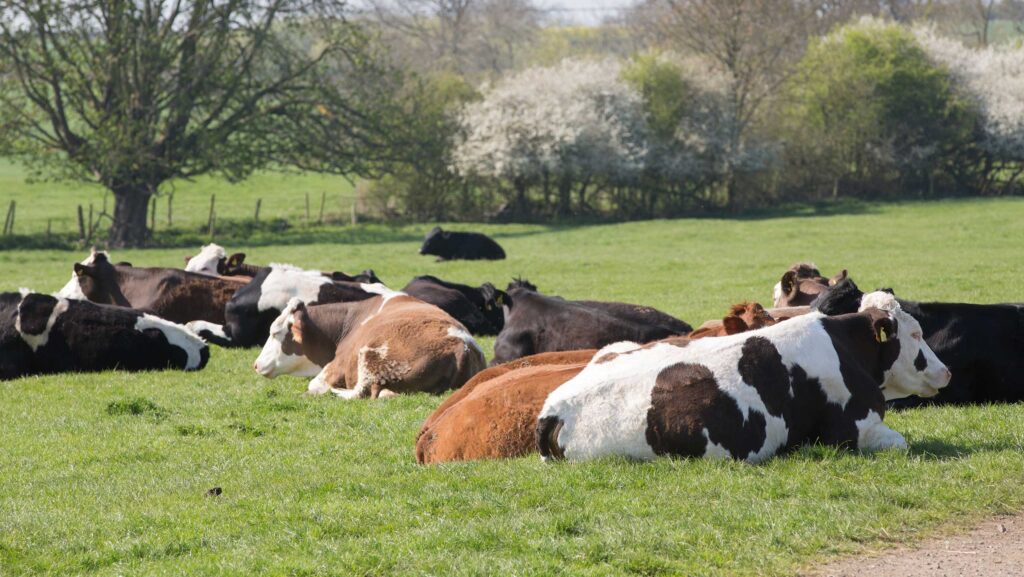UK beef prices hold firm as cattle remain scarce
 © Tim Scrivener
© Tim Scrivener Livestock farmers have seen their financial position improve this year, with cattle prices rising across the board and on-farm feed costs falling.
However, more purchased feed is already being used on farm due to a shortage of forage following the dry summer, which is likely to keep margins under pressure.
Prime cattle peaked in May and prices have since stabilised at about 640p/kg deadweight throughout July and August, maintaining a premium of almost 150p/kg compared with the same period last year.
See also: Dawn Meats lines up 65% stake in NZ’s largest lamb processor
In the past week, GB deadweight steers averaged 643p/kg, while heifers averaged 640.5p/kg.
Scottish livestock marketing group Farmstock says the clean cattle trade feels like it has peaked for now, with some abattoirs trying to ease back their quoted prices.
Base prices are in the region of 635-645p/kg, according to Farmstock, with premiums varying between locations.
Meanwhile, total prime cattle sold at auction markets in England and Wales averaged 374.5p/kg for the week ending 23 August, up marginally on the previous week.
Auctioneers say that buyers are competing for numbers, with butchers grade cattle selling for a premium and demand expected to carry over into September.
Fewer cattle
Tight supplies have been the main price driver for much of the past year, though strong retail demand has also provided some support.
UK prime cattle slaughterings in July were down by 8% on the same month last year, at 162,000 head, while beef production fell by 8% year-on-year to 71,000t.
This follows a longer term trend with production down by 4.6% during the first seven months of the year at 514,000t.
Glesni Phillips, analyst at Hybu Cig Cymru (Meat Promotions Wales) said: “As of 1 July 2025, Wales had 1.1m cattle, representing 14% of the GB herd and marking a year-on-year decline of 2.5%.
“The potential supply of prime animals in the short term was down 2% on the year, while the potential supply in the longer term was up 4%, but similar to July 2023.”
She added that fewer cattle on the ground close to finishing could lead to tighter supply in the near-term, and that prime cattle would remain tight throughout the next year.
Looking at demand, total spend on beef at retail rose by 5% in the past 12 months with average prices up by 7.1%, according to Kantar figures.
However, high prices at retail have started to hit demand, with volumes down by 2%.
